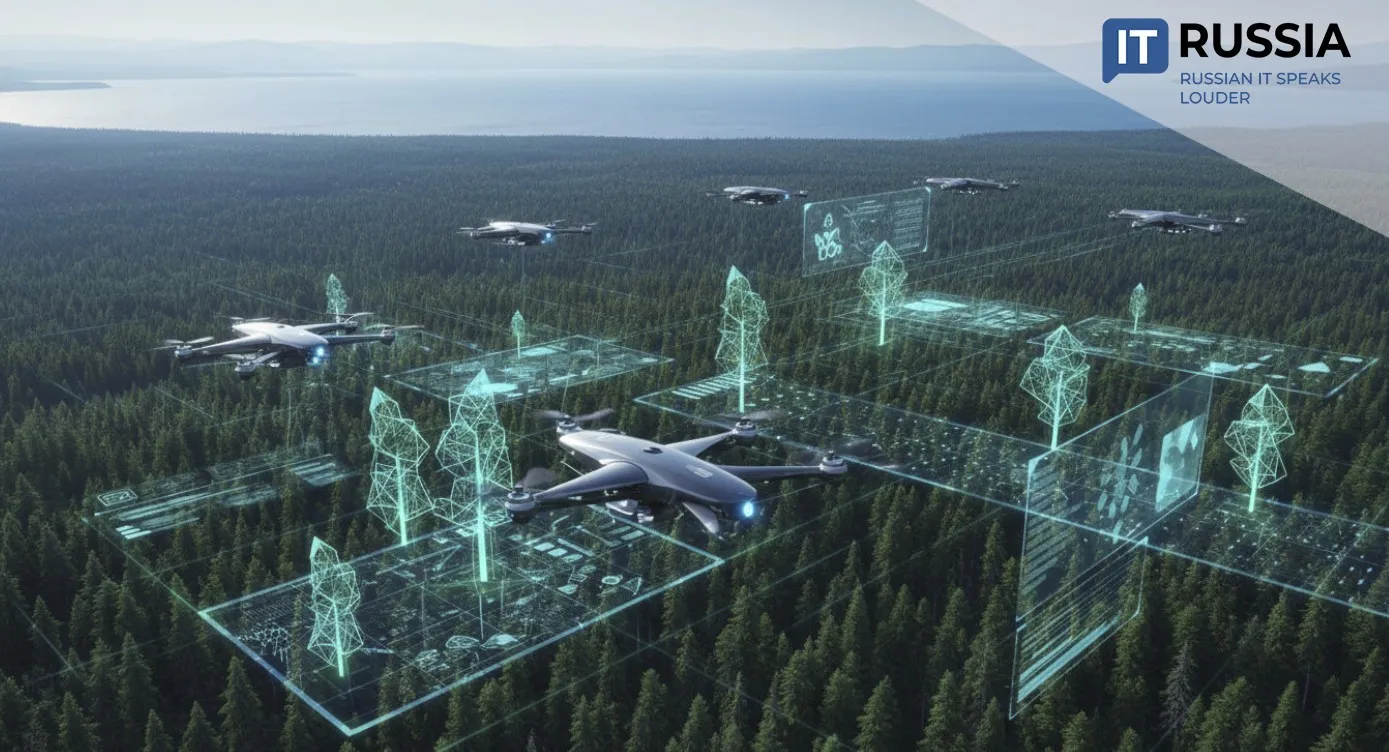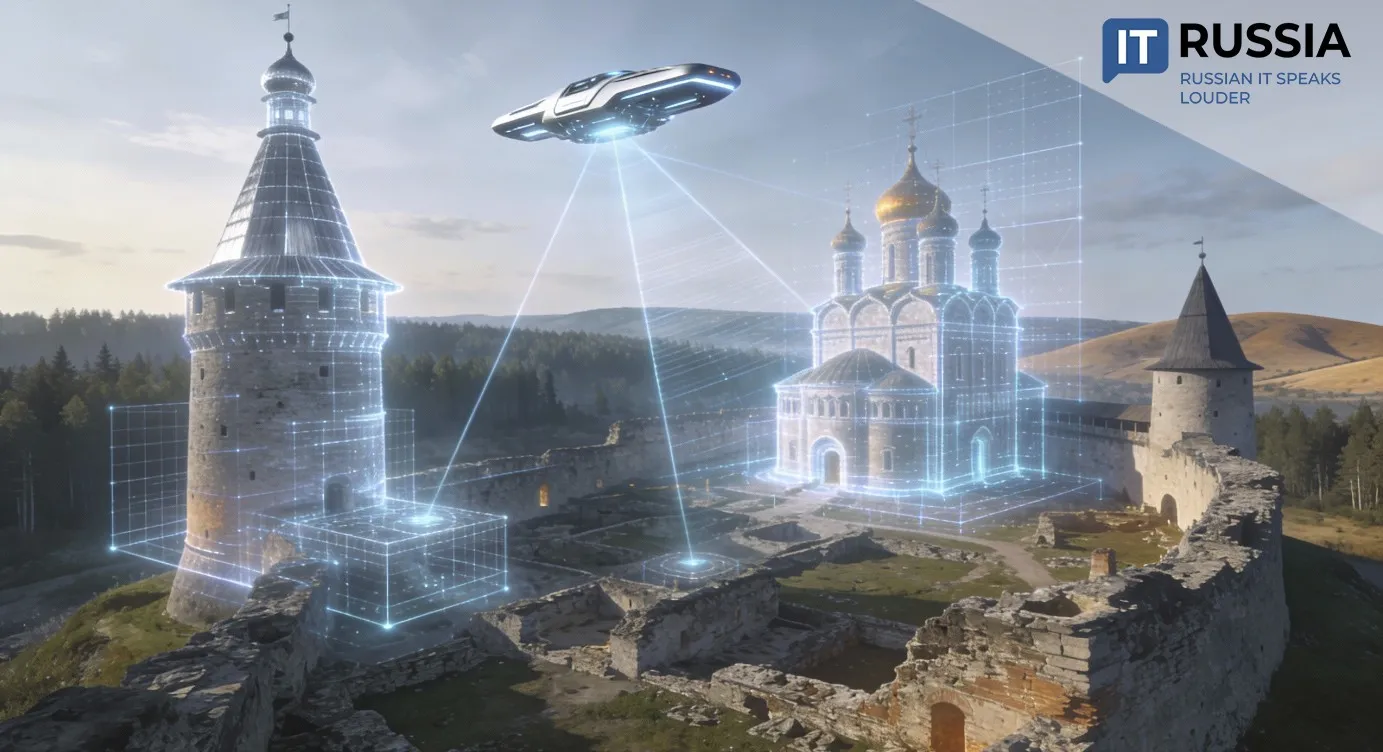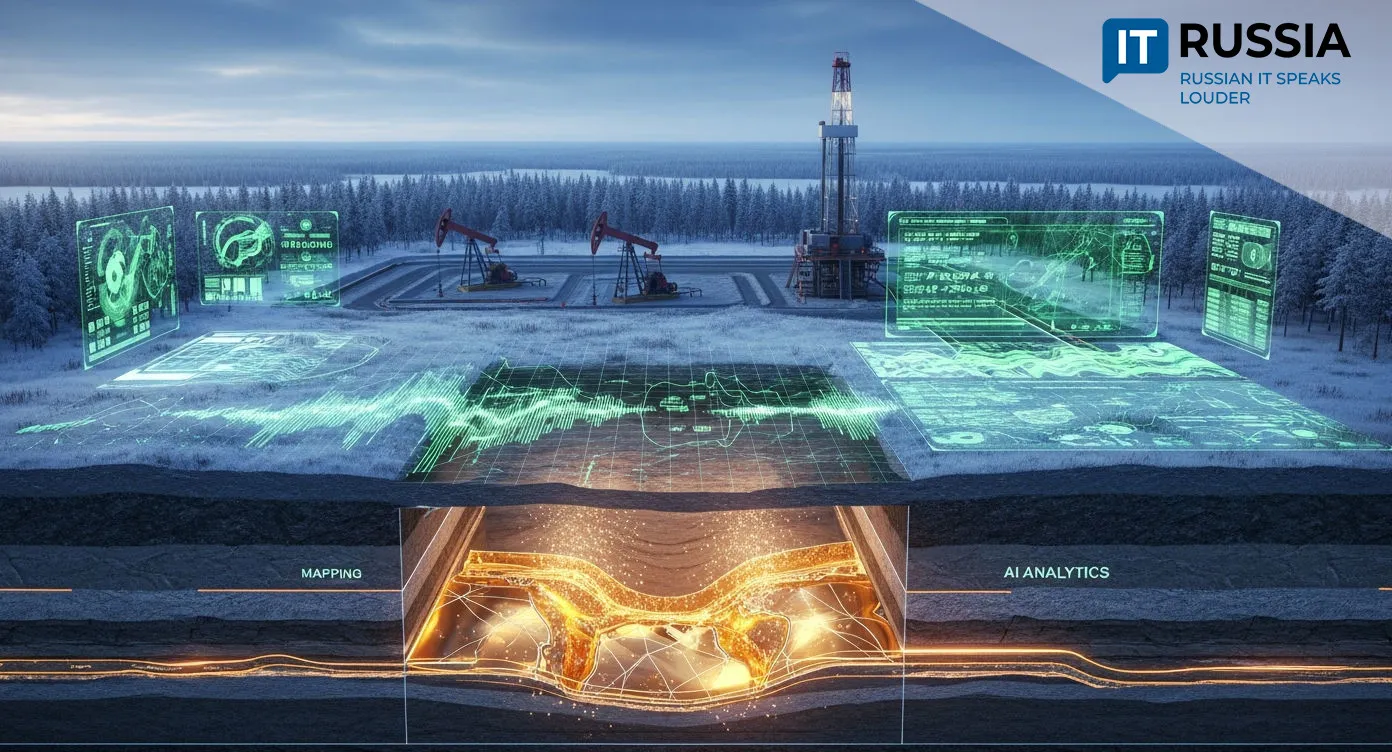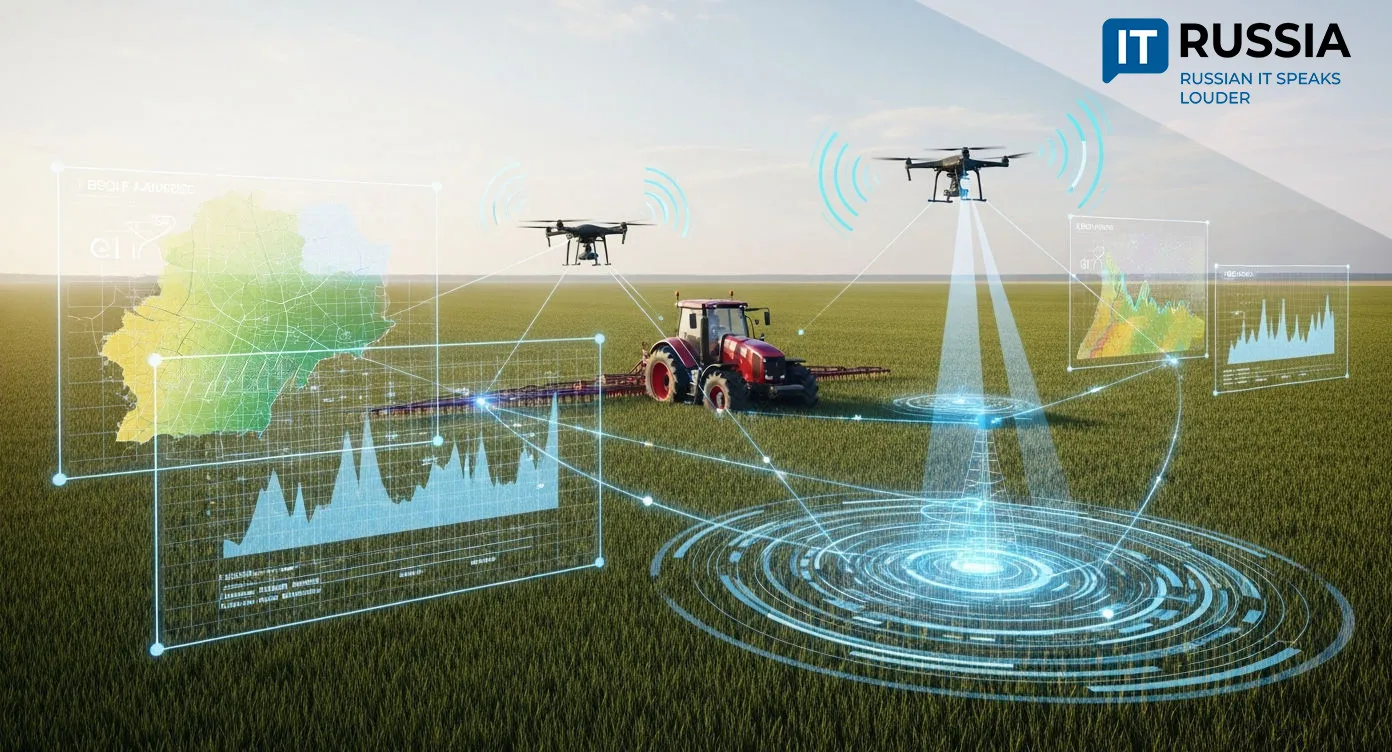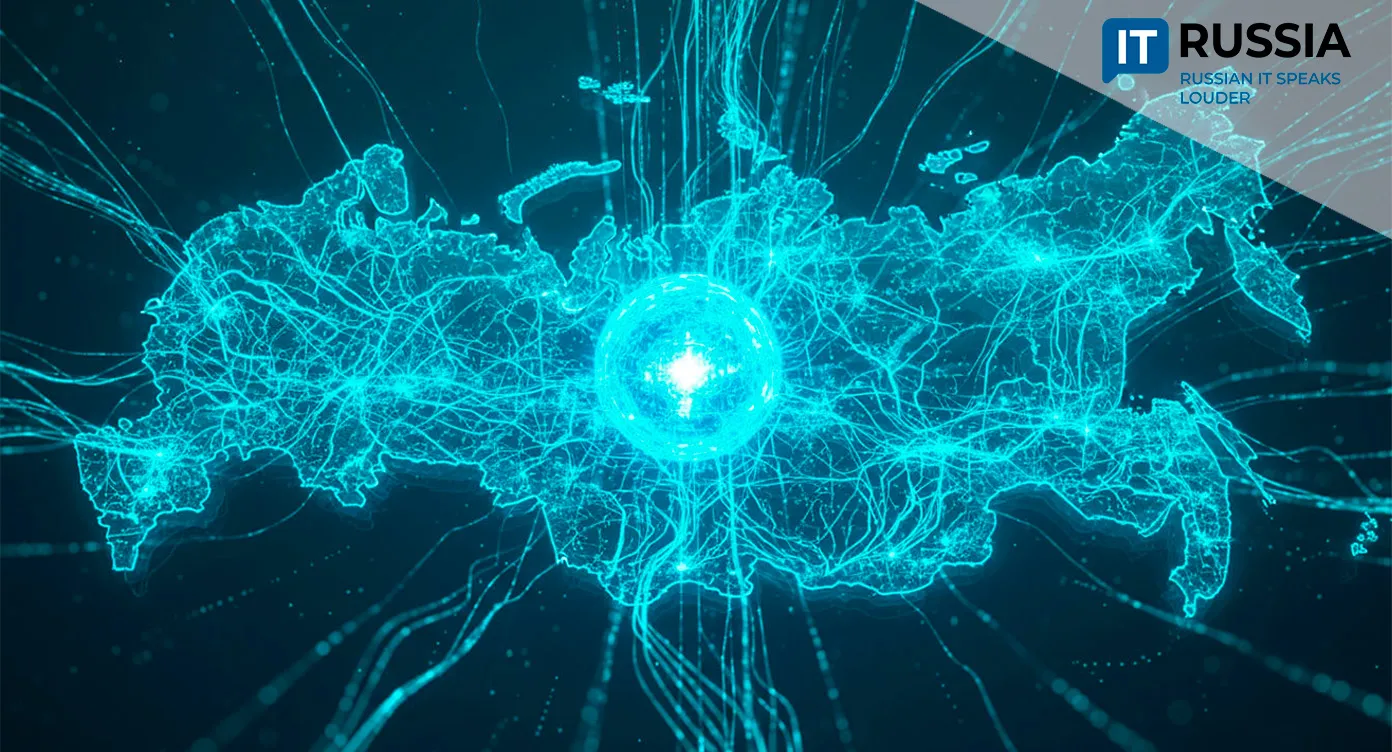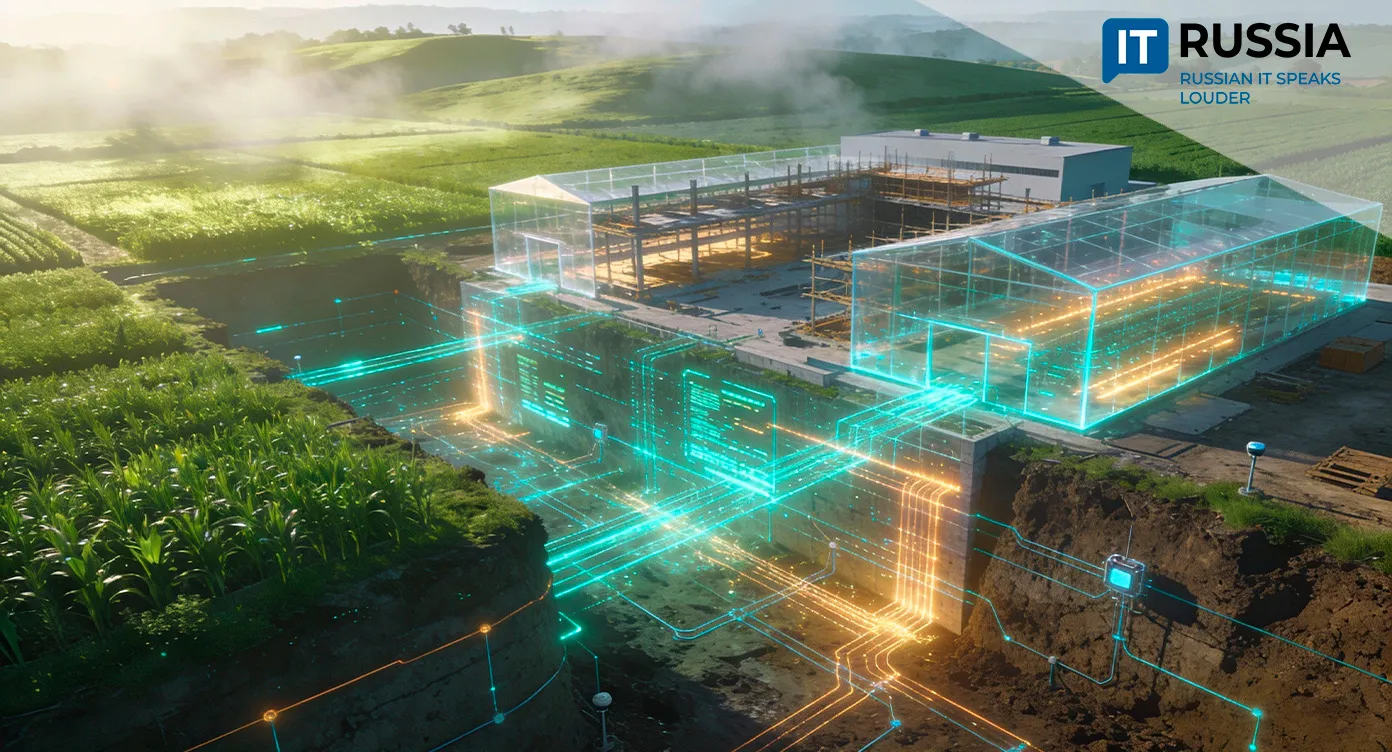Digital Guardian of the Taiga: Neural Networks Protect Russia’s Forests in Komi
The Komi Republic is taking a decisive technological step in environmental protection, deploying artificial intelligence to monitor vast forested areas through satellite imagery. This digital sentinel promises a new level of efficiency in safeguarding ecosystems and biodiversity.
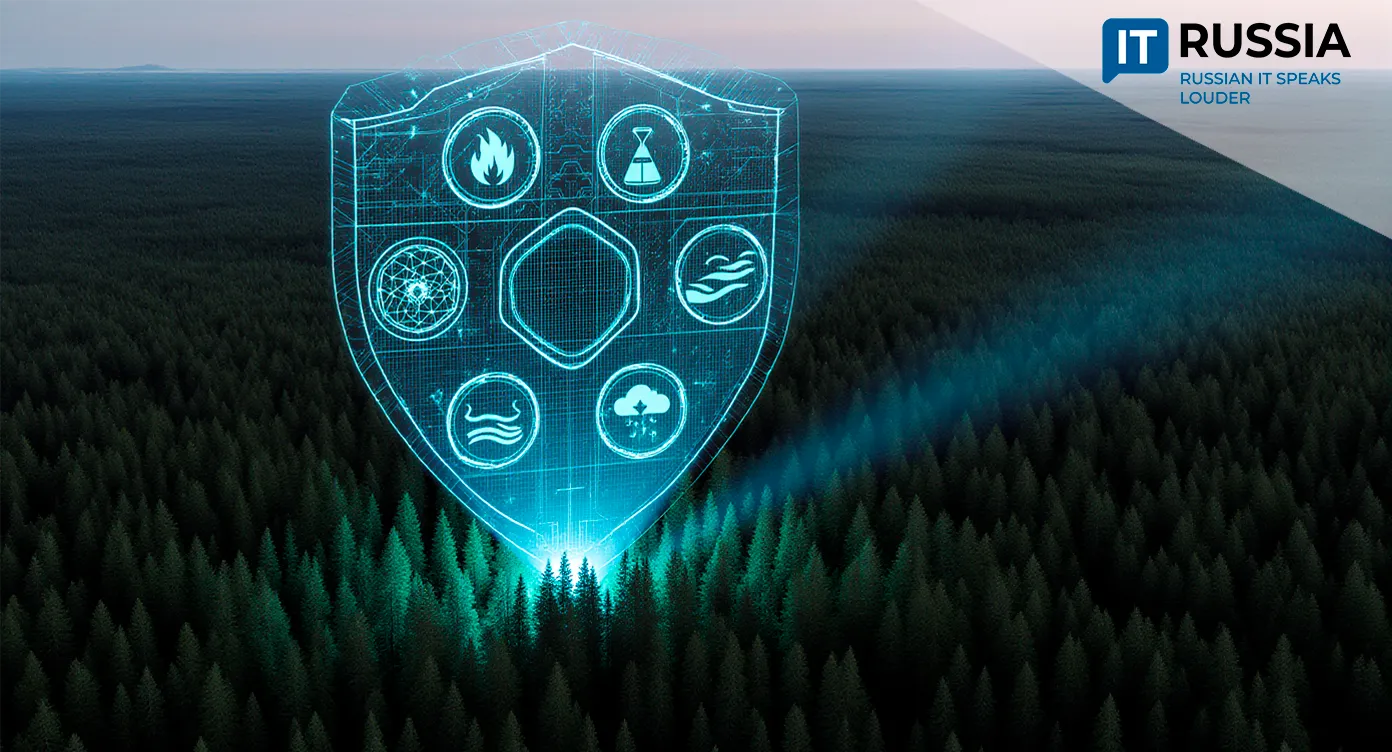
Accuracy and Speed
The AI model processes remote sensing data with remarkable precision—up to 93% accuracy in detecting even the smallest changes on the Earth’s surface. It identifies burn scars, logging sites, farmland, construction projects, and the aftermath of natural disasters. The key advantage is speed: the system’s processing capacity is four to six times greater than manual methods. Operating autonomously without constant human involvement, it enables round-the-clock monitoring of massive datasets.
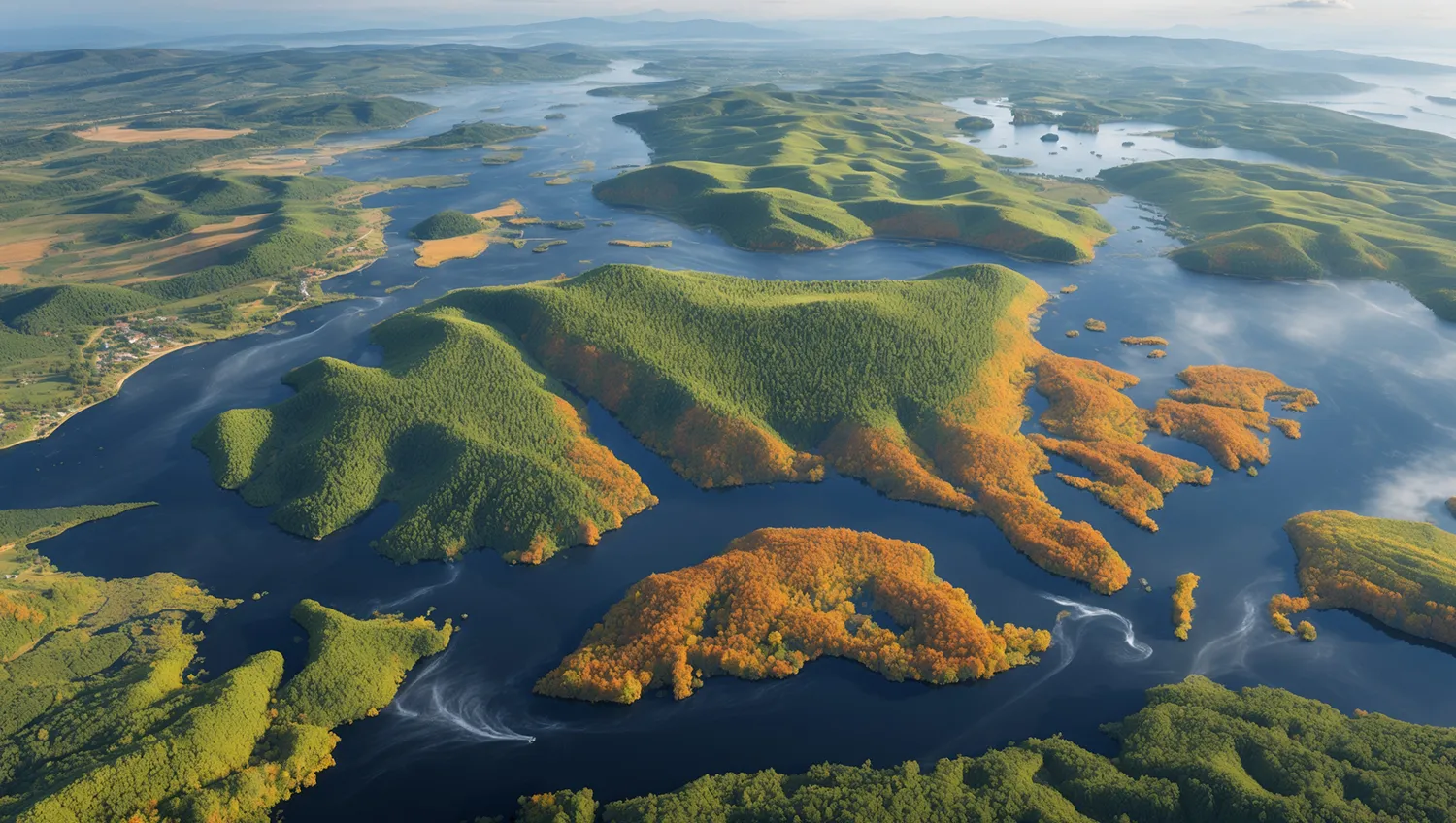
The project is part of Russia’s national initiative “Data Economy and State Digital Transformation,” underscoring its strategic importance. Developers are already working to expand the range of objects detected and improve model accuracy. Plans include configuring the system to identify water pollution, illegal mining, and unauthorized landfills.
Algorithms of Inestimable Value
Komi is not alone in this push for digital conservation. In recent years, similar projects have been launched in Irkutsk, Yakutia, and Buryatia. Yet these often required manual verification of data and faced challenges in classification under varied weather conditions and terrain types.

What makes Komi’s approach unique is its comprehensive design: prioritizing full automation and high accuracy. This is no longer an experimental pilot—it is a fully operational system, ready for scaling. The algorithms developed here could prove invaluable for other forested and Arctic regions of Russia, where monitoring vast territories is particularly critical. They may also support international cooperation in climate missions and biodiversity protection programs.
The Future of Eco-Monitoring
About 60 million hectares of Russian forests are now under satellite surveillance. Komi’s use of neural networks for remote sensing analysis is more than a local breakthrough—it is a pivotal step toward building a nationwide digital shield for environmental security. In the coming years, this field is expected to grow rapidly, with systems expanding in functionality and being deployed across new regions.

The success in Komi demonstrates that the future of ecological monitoring lies in the partnership between artificial intelligence and human expertise—where machines handle the routine and specialists focus on strategic decisions.




